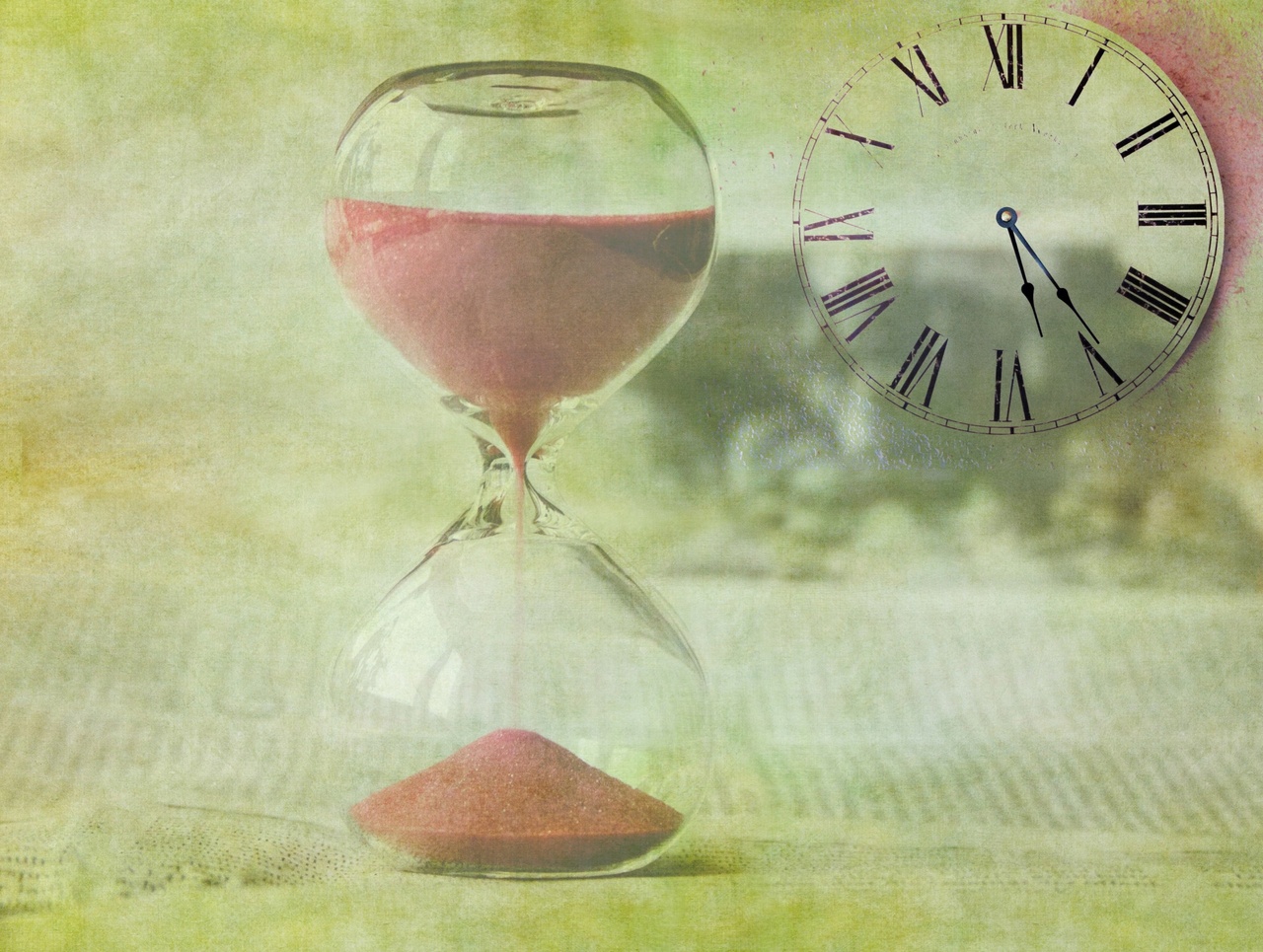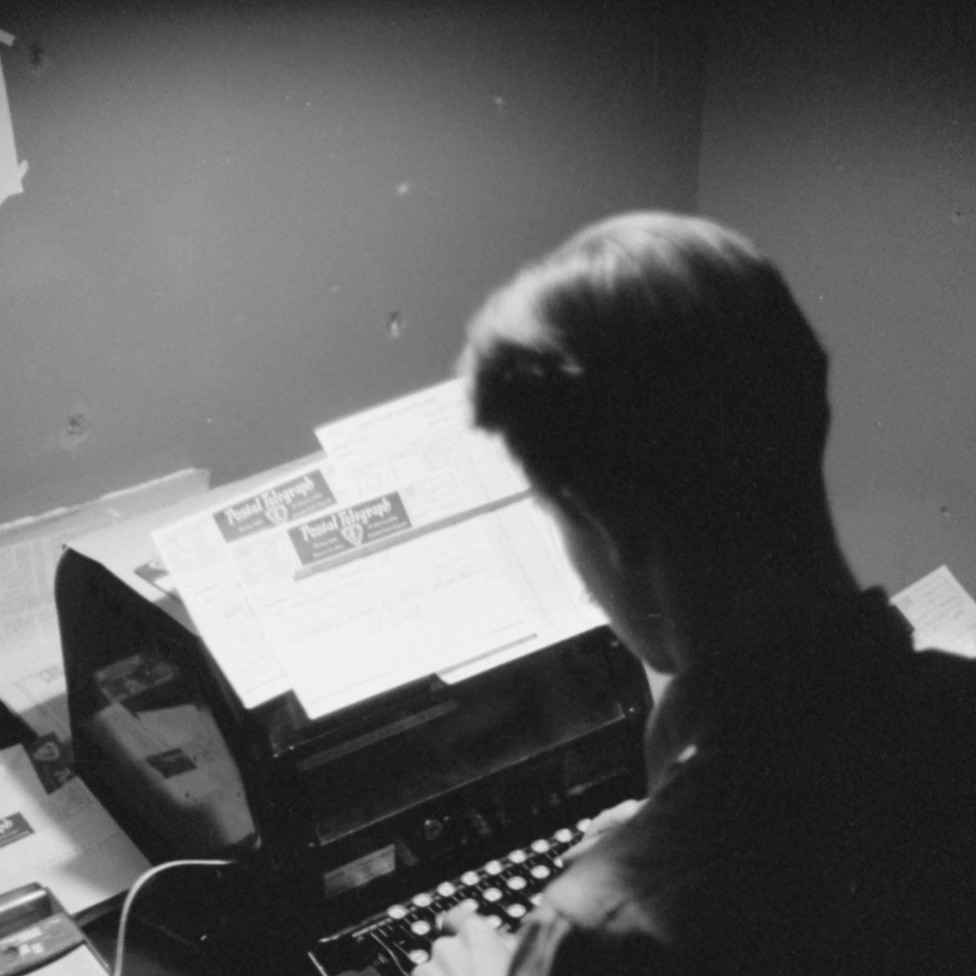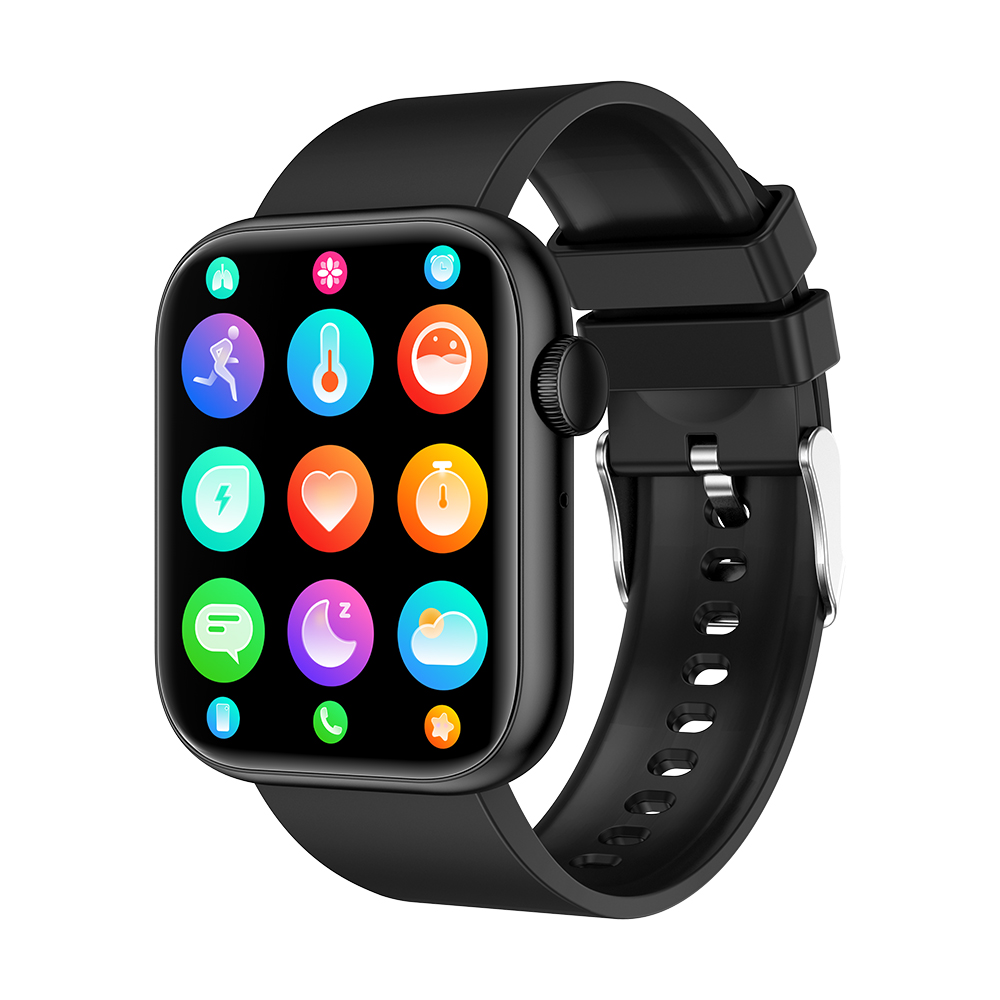
Ancient Times
Watches and timekeeping devices date back to ancient civilizations, where the need to measure time was essential for agriculture, rituals and daily life. Early sundials used the position of the sun to mark hours, while water clocks measured time through the steady flow of water. These devices, though simple, laid the foundation for the development of more advanced timekeeping technologies.
The invention of the mechanical clock in the 14th century marked a major milestone in the history of timekeeping.
Middle Ages
During the Middle Ages, mechanical clocks became more sophisticated and widespread. These devices were initially used in churches and monasteries to regulate prayer times.
Pocket watches emerged in the 16th century, becoming a symbol of status and innovation. Crafted with intricate designs and luxurious materials, they were often carried by the wealthy and served as both functional tools and fashionable accessories. Their portability marked a significant leap in personal timekeeping, paving the way for the development of modern wristwatches.


Modern Era
With the advent of the industrial revolution, watches became more precise and accessible, as mass production techniques allowed for lower costs and wider availability. Wristwatches gained widespread popularity during World War I due to their practicality for soldiers, offering a hands-free way to track time on the battlefield.
Today, we have advanced to smartwatches that combine traditional timekeeping with modern technology, featuring functionalities such as fitness tracking, GPS and smartphone integration. This evolution reflects not only human ingenuity but also every growing need to integrate style with practicality and innovation.